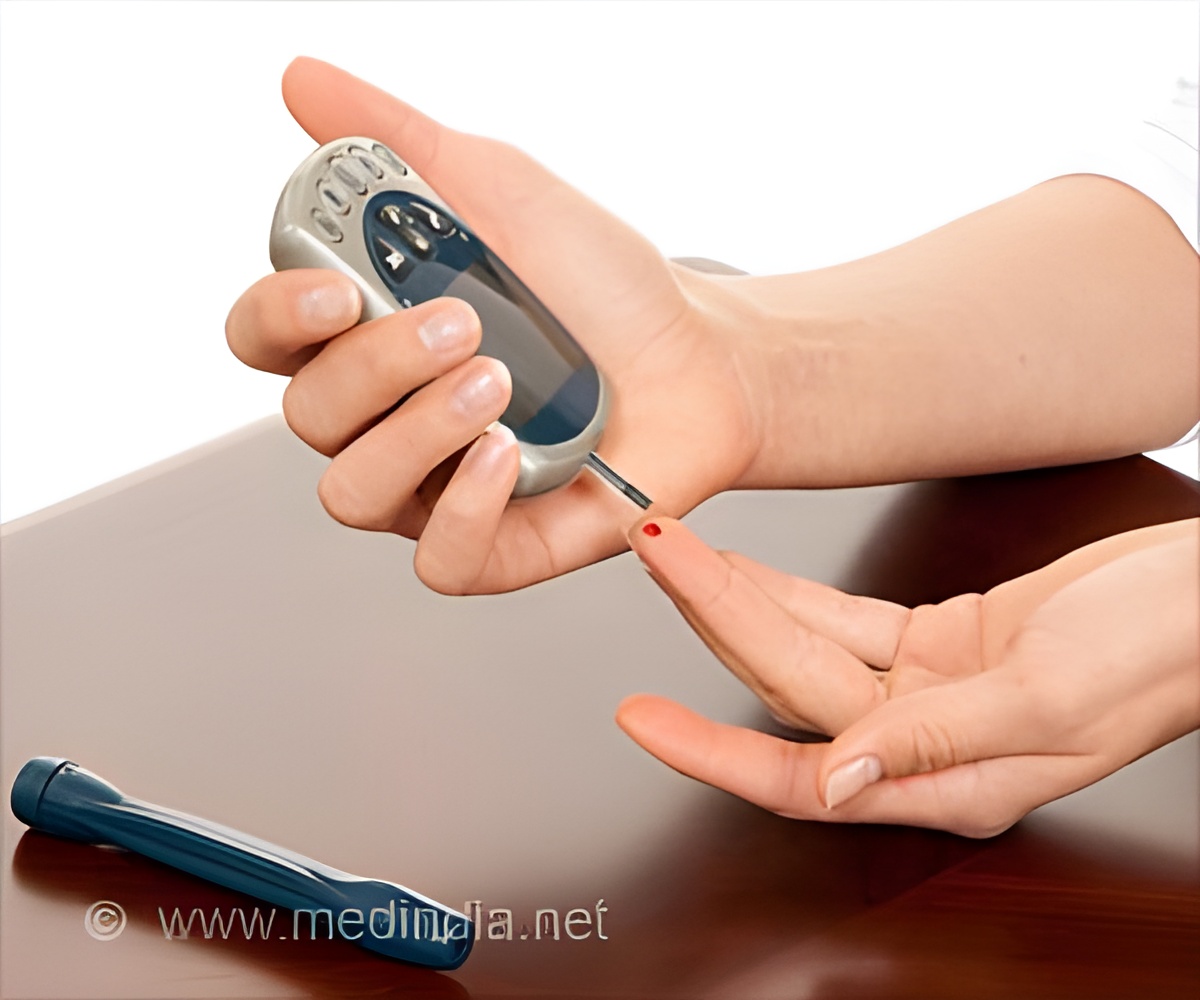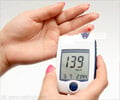Older women over 60 years of age suffering from diabetes do not use as much oxygenated blood in their brains. This could be the primary reason for motor deficits affecting hands, fingers and feet, associated with the disease in them.

‘Older women with type 2 diabetes exhibit different patterns of blood use in their brains. They do not use as much oxygenated blood compared to their healthy counterparts.’
Read More..




In the US, there are close to 24% of the 40 million people, over the age of 60 living with Type 2 diabetes.Read More..
"It's a pretty significant finding. Typically, when someone presents with a sensory or motor issue along with Type 2 diabetes mellitus, the assumption is that it's the result of peripheral nerve damage in the hands and feet," said Stacey Gorniak, an associate professor in the UH Department of Health and Human Performance.
The research by the University of Houston are published in the journal Neurophotonics.
"Emerging evidence has suggested that factors outside of nerve damage due to Type 2 diabetes mellitus, such as impaired cortical blood use, contribute significantly to both sensory and motor deficits in people with diabetes," reports Gorniak.
A technique called functional near-infrared spectroscopy (fNIRS) was used to measure the use of both oxygenated and deoxygenated blood in the brain. The fNIRS delivers infrared light into the scalp to measure the use of both oxygenated and unoxygenated blood use by the brain. The fNIRS method differs from MRI as an MRI cannot measure oxygenated blood use.
Advertisement
"We need to see what this looks like in a larger population, including men, and then we can start developing treatments or different ways we could potentially stop these negative impacts of Type 2 diabetes," said Gorniak.
Source-Medindia















